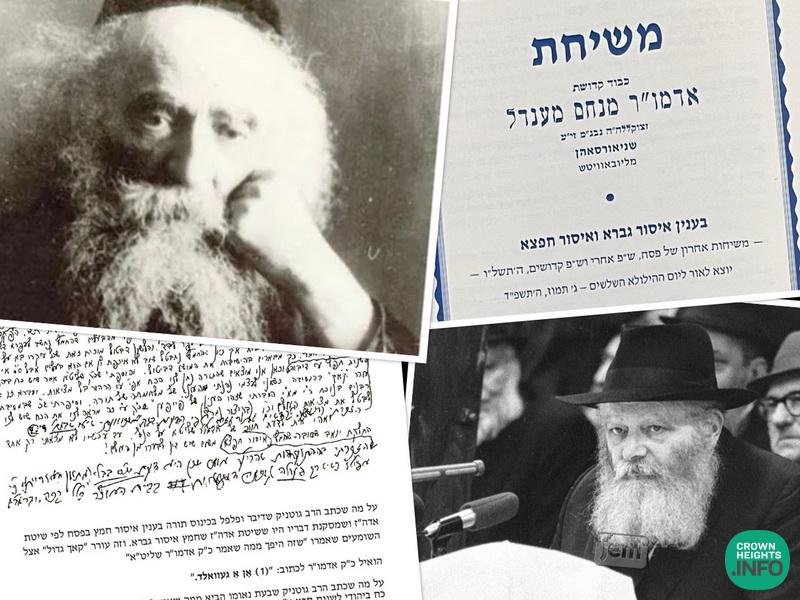
Gavra or Cheftza? The Sicha That Remained Obscure for 48 Years
“Gavra or Cheftza” — the famous question every Yeshivah bochur recognizes.
It originates in Maseches Nedarim, which differentiates between a neder and a shvua, saying that “a neder prohibits the object upon him… as opposed to shevuah, which prohibits himself from the object.” The Acharonim famously extended this framework to all sorts of halachos.
There are two main approaches to understanding the distinction:
According to Reb Yosef Engel and the Rogatchover, cheftza derives from the physical or conceptual reality of the object, such as the sanctity of a Torah scroll, where the scroll itself changes due to its holiness. In contrast, a gavra law pertains to the person without affecting the object itself, such as kiddushin—which does not alter the woman’s physical reality.
According to the Avnei Neizer and Reb Shimon Shkop, the distinction lies in the reason for the prohibition. A cheftza prohibition stems from the spiritual stature of the object, hence the caution regarding the respect and sanctity of a Torah scroll. In contrast, a gavra prohibition arises from the spiritual stature of the person, such as the prohibition of eating non-kosher meat, intended to preserve the person’s spiritual integrity.
During the Farbrengen on Acharon Shel Pesach 5736 (1976), the Rebbe delivered a profound sicha on this topic as his participation in the Kinus Torah held on Isru Chag. The Rebbe dwelled on temporary prohibitions, such as eating chametz on Pesach, and rabbinic prohibitions, which in some sense are like temporary prohibitions since there was a time when they were permitted by Torah law. Are they solely gavra prohibitions or also cheftza prohibitions? The Rogatchover writes that in this regard there are “about a hundred contradictions in the Talmud.”
The Rebbe noted that the Alter Rebbe’s position is unclear from his Nigleh writings, but in Tanya, one might discern his stance on this issue. The Rebbe went through numerous chapters in Tanya, noting how there seemed to be contradictory evidence, but in the end, the Rebbe came to a conclusion: Based on the Tanya, a rabbinic prohibition is a cheftza prohibition.
The next Shabbos, the Rebbe reiterated that this wasn’t merely an explanation in Chassidus; a participation in the Kinus Torah needed to fit in Nigleh as well. Yet, amazingly, the Alter Rebbe’s opinion in the matter seems to emerge specifically in Tanya. The Rebbe continued to dwell on the topic during that farbrengen (Acharei Mos) and on the following Shabbos (Kedoshim) as well.
A few days after the Rebbe delivered the initial Sicha, which was quite cryptic and difficult to follow, Rabbi Chaim Gutnick of Australia wrote to the Rebbe.
He was visiting New York, and at the Kinus Torah he had repeated a Torah discussion he had with Rabbi Shlomo Yosef Zevin several years earlier, based on the writings of the Alter Rebbe, which led him to conclude that chametz is a gavra prohibition. This immediately caused an uproar in 770; the participants all jumped and said that this this was contrary to what the Rebbe had just said!
The Rebbe’s chozer, Reb Yoel Kahn, also submitted several questions on these sichos, as did Rabbi Shochet. The Rebbe answered all three letters, but due to the difficulty of the subject, the sicha and the answers remained largely obscure over the years.
Recently, as Lahak Hanochos readied to release Toras Menachem Volume 83, a supreme effort was made to delve into those sichos and bring them to light for the first time. On Chol Hamoed Pesach, Lahak’s chief editor Rabbi Dovid Feldman called his colleague, Rabbi Yisrael Shimon Kalmenson, and invited him to spend the night of Shvii Shel Pesach in his home; it would be the perfect time to dive into the topic.
Equipped with copies of the sichos, the Rebbe’s responses and all the various references, they spent the night studying, deliberating, and debating the matter. When the sun rose, there was an exhilarating feeling in the room; the sicha had finally come to light.
Right after Yom Tov, they proceeded to write up the new Kuntres. A first draft was soon sent to several Roshei Yeshivos and Mashpiim who had been involved in preparing the Rebbe’s Likkutei Sichos, and finally, after much diligent work, the Rebbe’s sicha was released, 48 years after their delivery.
The fresh Kuntres has been emailed to subscribers and printed in thousands of copies to be distributed throughout Anash communities and of course, among the thousands spending Shabbos near the Ohel.
Three new Igros Kodesh from the year after the Frierdiker Rebbe’s passing are included in the booklet as well. The first one, to Mrs. Bluma Kesselman (wife of Reb Shlomo Chaim), the Rebbe writes words that pertain to our situation today:
“…I read her pidyon nefesh at the resting place of my father-in-law, the Rebbe. She should be assured that the blessings that the Rebbe, my father-in-law, bestowed upon her, and continues to bestow, will be fulfilled completely. For a righteous person who has departed this world is found and active in this world more than during his lifetime, especially the Rebbe concerning his Chassidim and all their family members, with whom he remains connected, continuing to bestow blessings for all their needs.”
To download the Kuntres, click here.
To download the print version, click here:
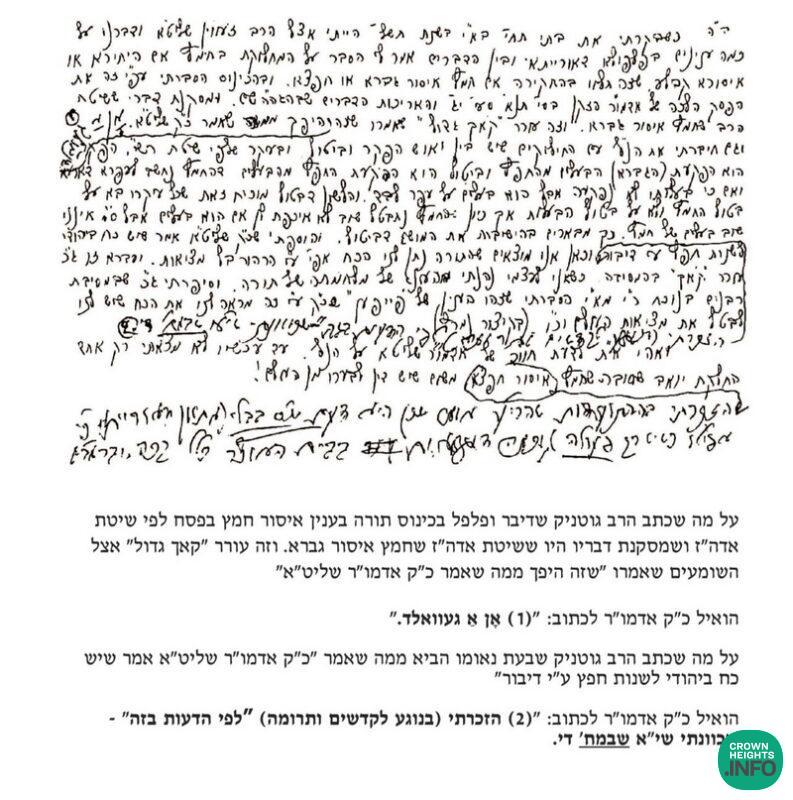
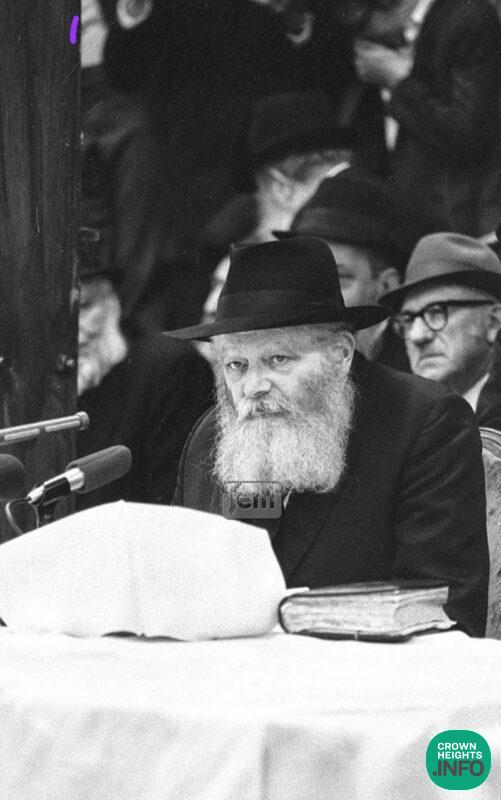
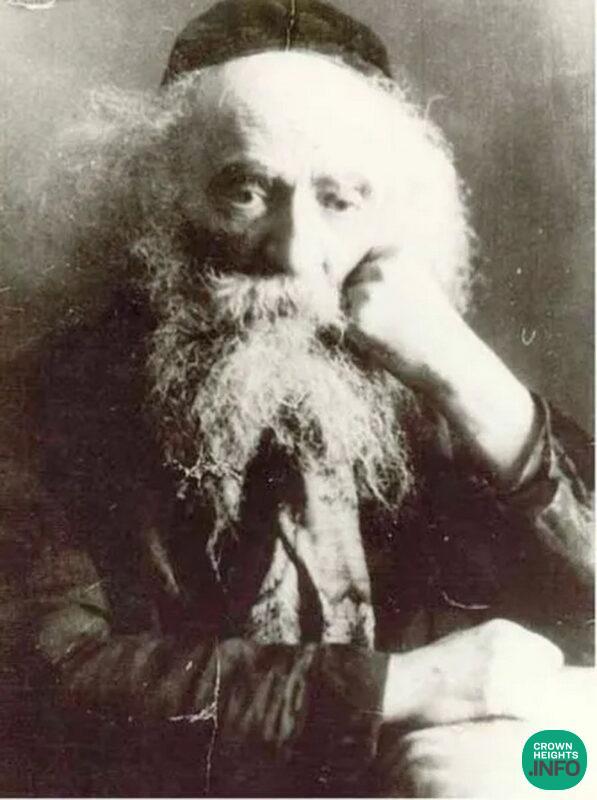
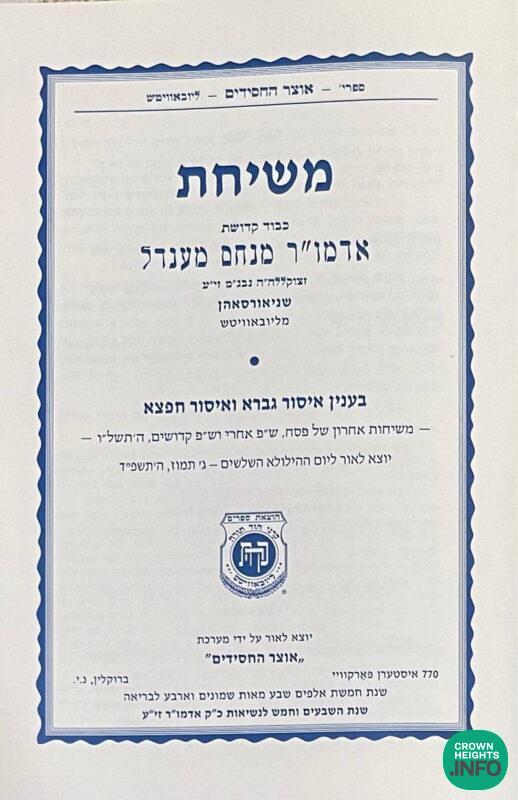














Yanky
“The Rebbe’s chozer, Reb Yoel Kahn, also submitted several questions on these sichos, as did Rabbi Shochet.” Which Rabbi Shochet? The senior Lubavitcher Rov, Harav Dovid Schochet OBM, or, the Rosh, Harav Ezra Schochet?
Tomim
It was Rav Dovid Schoxher z”l that pointed out to the Rebbe a Reb Shomon Schkop that brings proof from Tanya. The Rebbe was extremely grateful.